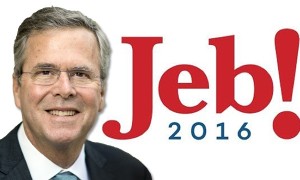From a personal finance perspective, markets don’t matter in the least. Behavior matters.
Imagine if financial media reported every day on what actually affects whether you get richer or poorer over your lifetime? Wouldn’t that be awesome?
I mean, don’t get me wrong. My imaginary show, “Nightly Financial Behavior, with Mike Taylor” would be a really weird program.
On Retirement
“Thank you everybody for turning in to my show. Ok, now let’s hear from our correspondent Bob in Des Moines about a stunning catastrophic loss today – foregone matches on 401Ks!”
“Thanks Mike. That’s right, we’re hearing tonight that millions of people in Des Moines – as well as across the country – have put their retirement at risk by not checking that little box on the HR form at work to automatically withhold their paycheck. They’re missing out on employer-matching funds – one of the few examples of ‘free lunch’ in the known universe.”
“Well, that’s really terrible news Bob. I know I speak for all of America when I say we’ll pray for them and their families tonight.”
On Asset Allocation
“But that’s not all, Mike. We’re just getting late breaking news this evening that tens of millions of people under age sixty are choosing bonds, annuities and money markets in their retirement accounts because it makes them feel ‘safe’ from ‘risk.’”
“That’s horrible Bob. Has nobody explained to them that this is the riskiest thing they could do? That’s like elder abuse against themselves, and somebody should call the authorities to stop this tragedy right now. Their money has no chance of growing that way. By not understanding the true meaning of ‘risk,’ they might run out of money later on – a much worse outcome than a bit of market volatility from stocks.”
On Overspending
Now let’s go over to our San Francisco correspondent Carmen: what’s the latest you’re hearing on household surpluses?”
“Not good, Mike. Throughout the day today we’ve seen irrational spending behavior in the overwhelming majority of households nationwide. I even did it today, and so did you, by the way. We’ve got a rampant case of excessive purchasing, followed by scattered reports of “spending, in order to save money,” through ‘bargain shopping’ and ‘holiday sales.’”
“But that’s not all Mike. More and more doctors report an epidemic of partial to total blindness when it comes to matching household spending with household income.
“We’ve put in a call to area hospitals to explain this epidemic, and the Centers for Disease Control (CDC) are working around the clock on the blindness cure. We’ll keep you informed if we hear anything.”
“Thanks Carmen. Now over to our correspondent Elizabeth for the nightly Wall Street update.”
On Costs
“That’s right Mike. I’m standing on the streets here in downtown New York, and as we’ve reported every day for the past 15 years, the sound of laughing hyenas continues unabated from inside the offices of the largest banks and brokerages.
Every once in a while the giggling dies down, and then a voice says ‘…And they still never think to ask us the cost of our products. Hahaha! Buying our stuff and then – snort, guffaw – being too embarrassed to ask what we charge them. I can’t stop laughing, it’s just, oh gosh, our customers are so darn adorable.’
And then out here on the street we can hear more loud, uncontrolled laughing by everybody in the building. That’s about it from Wall Street today.”
“Sounds like at least something is going well for some people. It’s important to have good news as part of our nightly broadcast. Thanks Elizabeth for sharing that joy with our viewers. That wraps up our show tonight. Don’t forget to tune in tomorrow for an update on what matters in personal finance for Exactly. The Same. Story.”
Naturally, my show’s Nielson ratings would hit zero by the end of the first week. I’d like to think my Mom would still watch, but that’s about it.
None of these things
Many topics would never appear on my show.
For example, we would never, ever, talk about the Dow Jones Industrial Average movement today, or that the NASDAQ Index slipped by one point three percent in light volume trading.
No uninformed talking-head would claim that worries about Chinese devaluation, Greek debt negotiations, or the release of last month’s Federal Reserve meeting minutes explained the market’s drop today. Total irrelevancy.
The celebrity CEO’s outlook on his industry – whose pay and stock options unjustifiably call attention to his words – would not get an invitation to the studio.
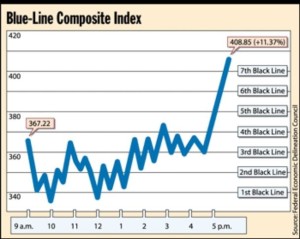
As for the peripatetic ups and downs of blue lines and black arrows, the random-number generator of data points, the minute-by-minute spins on the market’s roulette wheel, you would not hear any of that.
You simply wouldn’t ever hear about “the market” and “the economy,” because these are really just made-up figments of our media’s imagination. Trust me that they really do not matter when it comes to whether you get richer or poorer over the long run.
“How’s the market doing?” I sometimes get asked.
“I don’t know: how’s your behavior doing?” I want to reply.
I am just socially-aware enough to mumble something slightly more acceptable.
But my question back would be the right one.
What matters is not what the economy does, or what the market does, but what you do.
A version of this post appeared in the San Antonio Express News.
Please see related post:
Book Review: Behavioral Investment Counseling by Nick Murray
Post read (366) times.




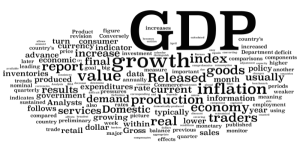
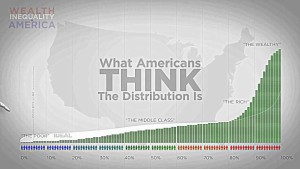

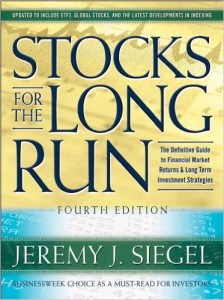


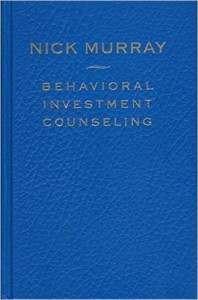 On many an important point he acknowledges the unknowability or unprovability of his point. Nevertheless, not doing what he says – not intuiting the essential wisdom – leads to grievous error. You’re welcome to persist in your own stubborn views, he seems to say, and best of luck to you.
On many an important point he acknowledges the unknowability or unprovability of his point. Nevertheless, not doing what he says – not intuiting the essential wisdom – leads to grievous error. You’re welcome to persist in your own stubborn views, he seems to say, and best of luck to you.

